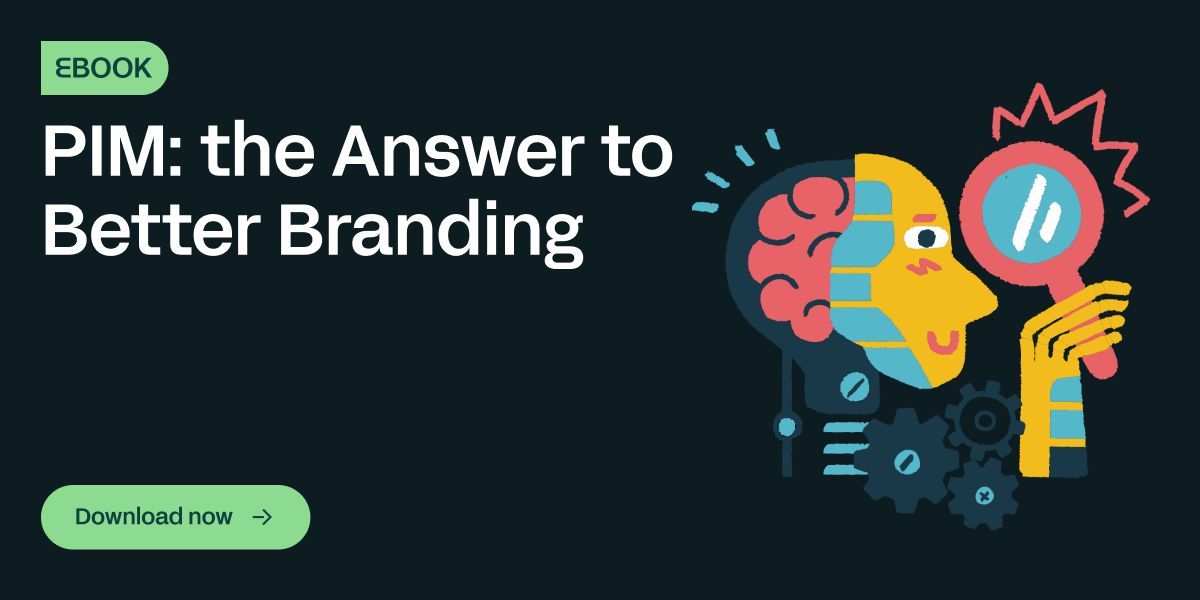
What is CRO?
Turning visitors into customers is increasingly hard in an online environment with potentially thousands of competitors. Conversion Rate Optimization (CRO) is a technique used to improve the sales conversions of visitors to a website.
Sales conversion optimization aims to improve the ecommerce shopping experience to transform visitor traffic into sales. This could be the completion of a purchase, signing up for a free trial, or downloading an app or content.
CRO as a strategy is based on making improvements that optimize the user experience at all stages throughout the discovery, decision and purchase process.
There are many advantages of applying conversion rate optimization techniques to your product pages.
- Increased revenue
- Higher quality traffic
- Improved customer knowledge
How to measure your conversion rate
In order to measure your conversion rate, you must first access data regarding how your visitors and customers interact with your site. This data can include your most common traffic source, how users navigate your site, and problems potential customers are encountering.
You can use this formula to calculate your conversion rate:
CR = Total conversions ÷ Number of visitors x 100
For example, if a product page for a certain mug receives 2,314 visits per month and there are 16 sales, your conversion would be 0.6%.
A rate this low indicates a need for improvement in your CRO strategy.
The difference between CRO and SEO
When faced with poor sales figures, many businesses initially turn to SEO changes. SEO techniques adapt content to improve your position in search results.
CRO strategies look beyond Google to focus on how to improve the user experience.
While SEO aims to attract higher traffic, CRO considers how to convert that traffic into relevant opportunities.
CRO techniques analyse why a user goes to a website, what information and solutions they are looking for, what problems they are encountering, and what product data they find most appealing.
How product data can influence your CRO
There are three primary factors that go into conversion rate optimization.
- User experience (or UX)
- User behavior and motivations
- Customer retention and customer lifetime value (CLV)
CRO focuses can include:
- Offering clear value to the consumer
- Clear incentives (e.g. free downloads, trial periods, social network engagement)
- Increased security measures
- Evaluate abandonment and bounce rates.
High abandonment and bounce rates can be caused by many factors, including slow loading times, poor design, lack of security confidence, and commonly, inaccurate product data.
Using product data management (PIM) to improve the quality of your product data can lead to improved conversion rates across all your sales channels.
In order to discover which techniques will work best for you and implement them, there are several basic steps to take:
Analyze
Gather together your CRO data to identify strengths and weaknesses in your conversion rates.
You’ll need quantitative information (metrics that study your traffic figures, conversions, bounces and abandonment) and qualitative information (such as the profile of your buyer persona, the type of journey shoppers take across your channels, or the complaints and concerns collected by your customer service team).
Make a hypothesis
Use that data to draw a conclusion regarding action to be taken.
What seems to be the main cause of your conversion problems? Which factors or features could deliver results faster and have more impact on the user experience?
Apply changes
Apply changes that influence both day-to-day user experience and customer satisfaction. These could include reviews, video tutorials, new designs and images.
The most common change required for CRO is improved product data. Data must be error-free, clear, consistent across all channels and easily accessible for your customers. PIM creates a centralized source of truth for your data, ensuring all product descriptions are optimized and your customers are seeing information that translates to sales.
Run some tests
When a change is made, use A/B or multivariate analysis to find out which types of copy, CTA’s or design choices are most appealing to the customer.
Continue analyzing and improving regularly. Automated analytics tools such as the Conversion Tracking of Google Ads make it easy to do these tasks and measure different actions on your website or app.
Conclusion
High online traffic figures can often be a vanity metric: traffic that converts into high quality contacts and customers is becoming increasingly valuable to businesses.
Revising your CRO strategy will allow you to generate value for your customers, improve their experience, and improve your sales figures.
With Sales Layer PIM, improving the quality of your product information is simple.
Get started with a free 30-day trial today.



.png?width=520&name=Blog%20Partner%20(3).png)

.png?width=520&name=Blog%20Partner%20(1).png)

.jpg)
